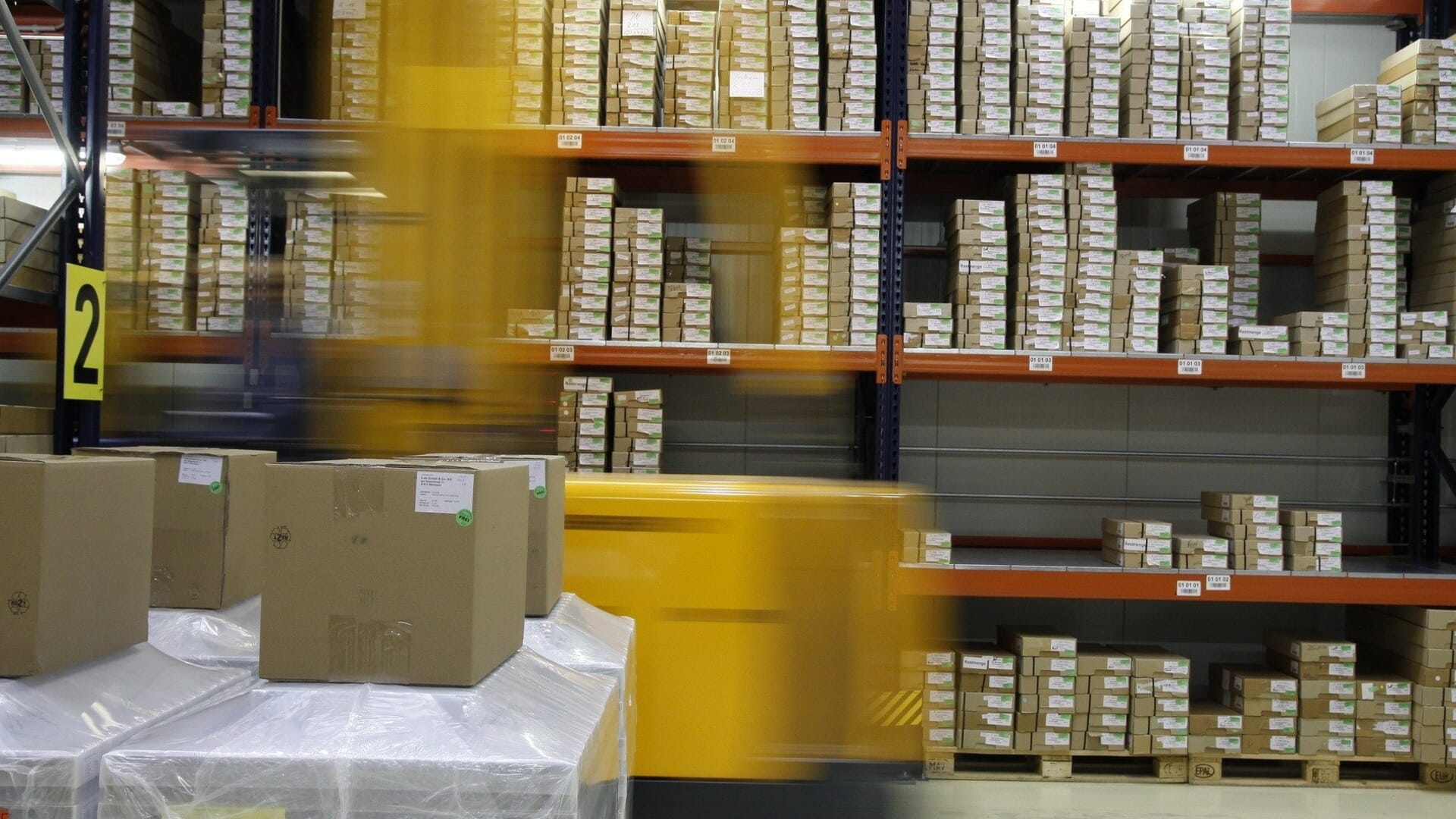
Value-add logistics gaining traction in Europe
David Ebbrell, CEO of M7 Real Estate, talks about value-add strategies and growing value across Europe.
Logistics is one of the sectors gaining a lot of interest from investors as we push forward into the new decade, due to various cultural and economic factors. This was discussed between Europe's most senior players in the space at GRI Light Industrial and Logistics in The Netherlands last November. At the event David Ebbrell, CEO of M7 Real Estate, talked to the GRI Hub about value-add strategies and growing opportunities across the continent.
Where can the best opportunities for logistics in Europe be found? And where should you avoid?
So at M7 we’ve been much more focused on first generation, value-add strategies and big box last mile logistics. For that reason it’s hard to pick out a particular country, as we’re seeing varying amounts of liquidity, yields, and rental values in all of our regions.But we are seeing a lot of value across Europe. People are being very active in the market and we’re seeing positive rental growth in the southern parts, Portugal especially, where we’re able to buy a lot of assets under distress, manage them optimally, and take advantage of the positive occupier demand. The region is gaining much traction from investors.
We’re currently seeing similar situations in Poland, the UK and the Netherlands, and these are key to acknowledge when trying to find value-add. It’s also important to recognise that the European market is very different to the more established markets. The US is significantly ahead in terms of where supply chains are, but holds wildly different metrics in terms of how land is held. Europe is very different because we tend to have a limited amount of land in certain places. We’re standing here in the Netherlands right now, which is the size of a postage stamp, and the land is very valuable at the moment.
Are there any outside factors currently affecting the asset class?
Growth can come from a variety of different things. The key thing is always supply and demand, especially from a value-add perspective where a lack of demand can drastically change the valuation of a distressed asset.E-commerce of course is something to mention, which does change the shape of the supply chain but ultimately hasn’t done too much to overall consumption. Retail distribution is as strong as ever, it’s just being done in a different medium. So I think we’re seeing that change in occupation as certainly something to look out for, but is more responsible for last-mile and supply chain shifts than logistics real estate itself.
What are the benefits of value-add as opposed to any other business strategy, and how does M7 capitalise on this?
It’s the risk premium, and the quantifying of what the risk premium is. A value-add asset can be bought for less than core, and the trade-off comes in the form of taking on risk. Finding yields in value-add comes with how you manage that risk. What M7 does is provide a platform to actively manage the risk of these assets, and we currently have 220 people working on them in a very hands-on way across our 15 offices.
For more information on the light industrial and logistics markets across Europe, join some of the region's leading real estate players at GRI Club's upcoming European events. Among the GRI Club events taking place in Q1 and Q2 include France GRI (22 - 23 April), Deutsche GRI (12 - 13 May, 2020) and Italia GRI (13-14 May).
One of Europe's most senior gatherings dedicated to light industrial and logistics (GRI Light Industrial and Logistics 2020) is set to return on 4-5 November in Amsterdam.
Article by Matt Harris







